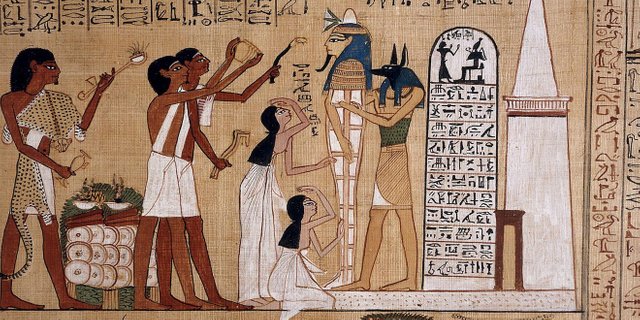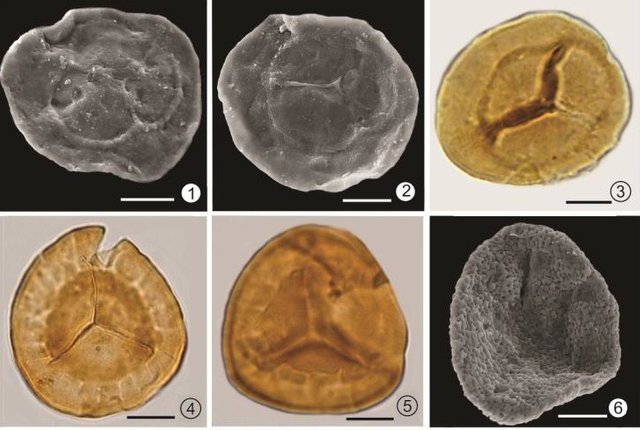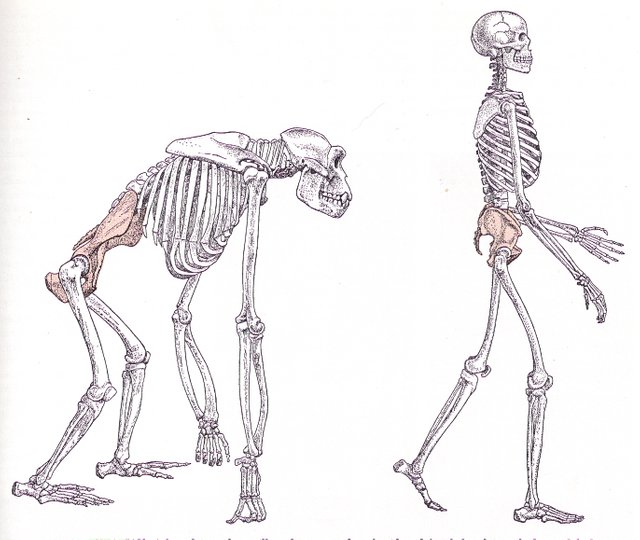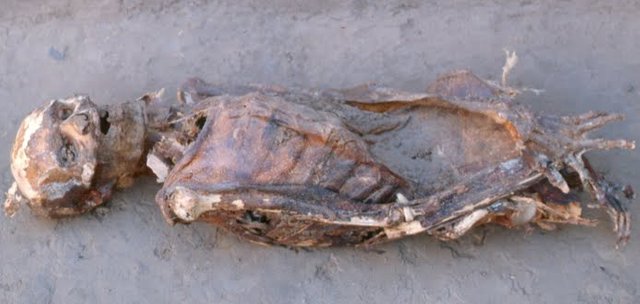Archaeology and the Natural Sciences
Archaeology and the Natural Sciences

The material objects that are recovered during excavations are the archaeologists's historical "documents". It is therefore necessary to obtain as much material as possible from the earth. Stone implements and other material objects are not sufficient to enable us to arrive at an accurate reconstruction of a specific culture.We also need to consider the environment, animals life, plant life, climate - especially when we study the earliest history of humans.
To satisfy this requirement as far as observation and interpretation are concerned, the archaeologist must know something about a whole series of other subjects such as
the following:
- Geology

A study of geological phenomena may shed light on the natural environment in which prehistoric cultures occurred. The way in which geological layers were formed, for example by aeolian or fluvial action, gives an indication of the climatic conditions prevalent at the time of their formation. Furthermore, it is obvious that an knowledge of petrology, mineralogy and crystallography is essential for an understanding of prehistoric technology. It constitutes the basis for the study of all objects manufactured from metal and stone.
- Zoology and Archaeozoology

Valuable insights into the relationship between prehistoric humans and their environment have been gained through an analysis of faunal remains found in archaeological sites (archaeozoology). Archaeozoology involves the identification and analysis of faunal species from archaeological sites as an aid to the reconstruction of human diets and the environment.This tells us, for example, whether the mode of subsistence of a given group was based on hunting, on animal husbandry or on both. At the same time we can draw inferences about the climate and vegetation. These inferences are based on the assumption that the distribution of animal species is determined by environmental conditions.
Please read the following post for more information regarding Archaeozoology:
Archaeology as a Profession- Part 2
- Botany and Archaeobotany
Plant remains (usually macrobotanical remains) such as seeds, fruit, the inedible remains and waste products of edible plant foods ( skins, hulls, etcetera) and charcoal are as important as zoological finds. Palenthnobotany or archaeobotany, which involves the recovery and identification of plant remains from archaeological contexts, is important in the reconstruction of prehistoric environments and economies. Plant remains provide information on the human use of plants in hunting and gathering economies and in agriculture. For instance, plant remains tell us about the relative importance of various foods, food processing (collecting, harvesting and cooking), storage, food domestication and seasonality ( the exploitation of food sources during different seasons).
Palynology

Pollen analysis or polynology is the branch of science concerned with the study of pollen, spores and similar palynomorphs, living and in the archaeological record.In regions where the conditions are favourable for the preservation of pollen, palynology plays an important part in the determination of climate changes and ecological conditions.

Microbotanical remains, such as pollen and phytoliths (microscopic particles of silica derived from the cells of plants), are able to survive after the organism has decomposed or been burned. They are common in cattle kraals, ash layers, pottery, grinding stones, and even on stone tools. Silica fragments can provide information on plant domestication but also widely used in the reconstruction of ancient or paleonenvironments. In Europe and America the prehistoric distribution of trees,shrubs and the various types of grain is usually determined by pollen analysis. The analysis of fossil pollen is a valuable tool in reconstructing past vegetation and climates. Another link connecting archaeology and botany is dendrochronology. This method is used to determine the age of an archaeological discovery by studying the growth rings in trees that are associated with the archaeological object.
Physical Anthropology

This field of study focuses on human biological aspects. It includes a study of human biological evolution as well humanity's current biological form and variation. Archaeologists are particularly interested in that section of physical anthropology that covers the history of the early biological development of the human species (human palaeontology).

The study of human fossils is usually the province of an expert. The archaeologist should, however, have an elementary knowledge of human anatomy for work such as the accurate assembling of bones found in a deposit. To understand how language could become an integral part of culture, the archaeologist must be acquainted with the functions of language and its physiological basis (for example, the functioning of organs of speech).
Please Follow me for more .
Please Upvote and Resteem.
Thank You!
I study archaeology and I really like what you wrote!
Congratulations @emlyp! You received a personal award!
You can view your badges on your Steem Board and compare to others on the Steem Ranking
Vote for @Steemitboard as a witness to get one more award and increased upvotes!